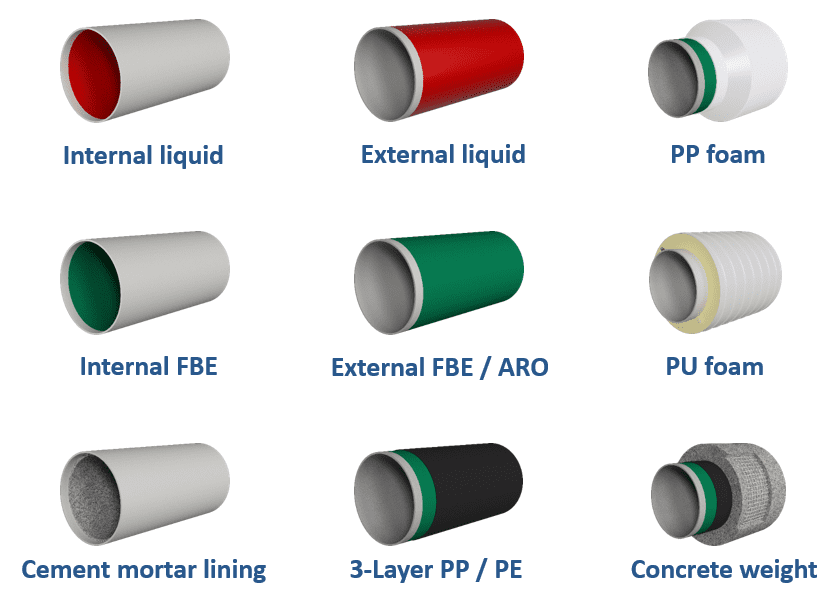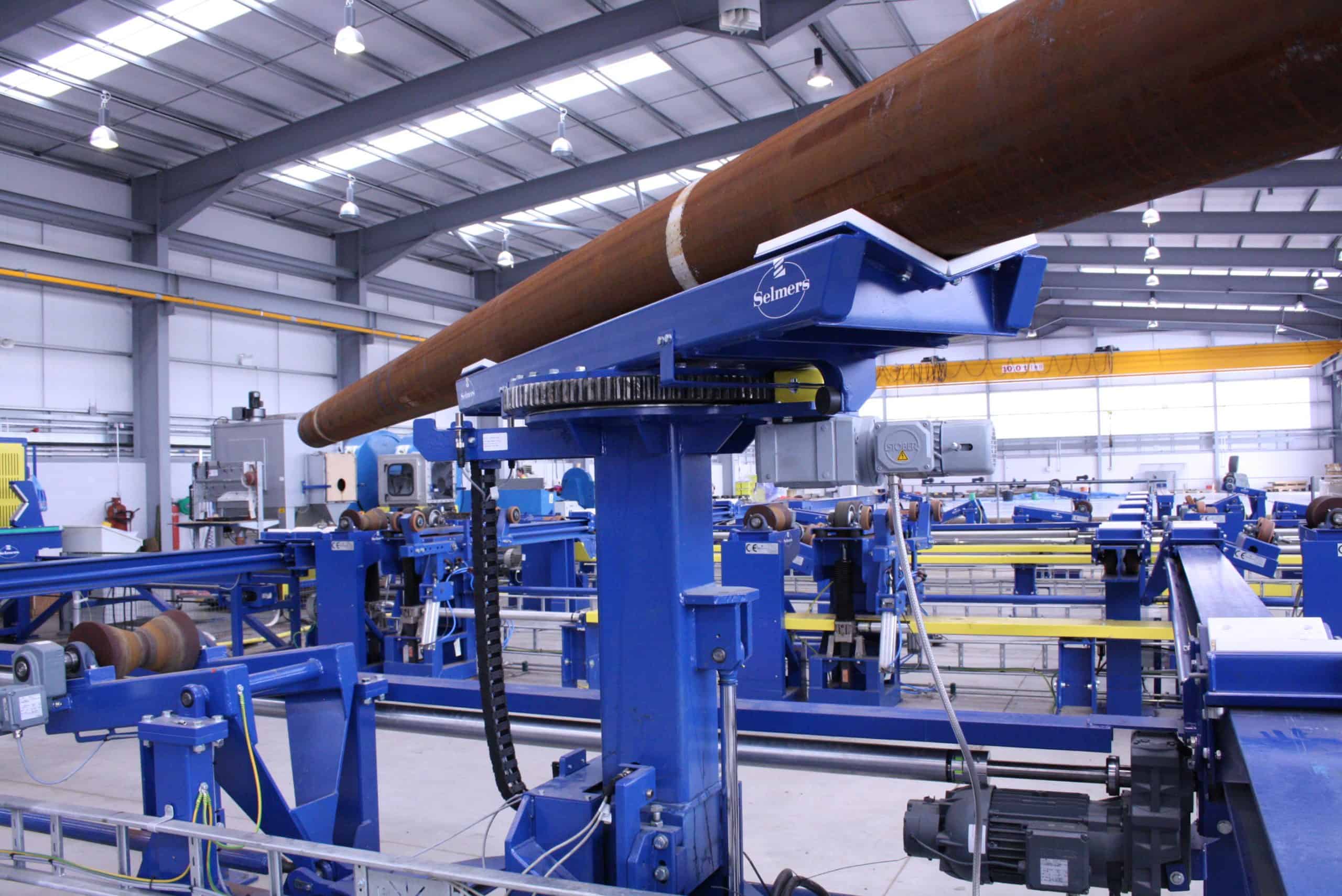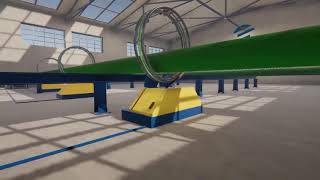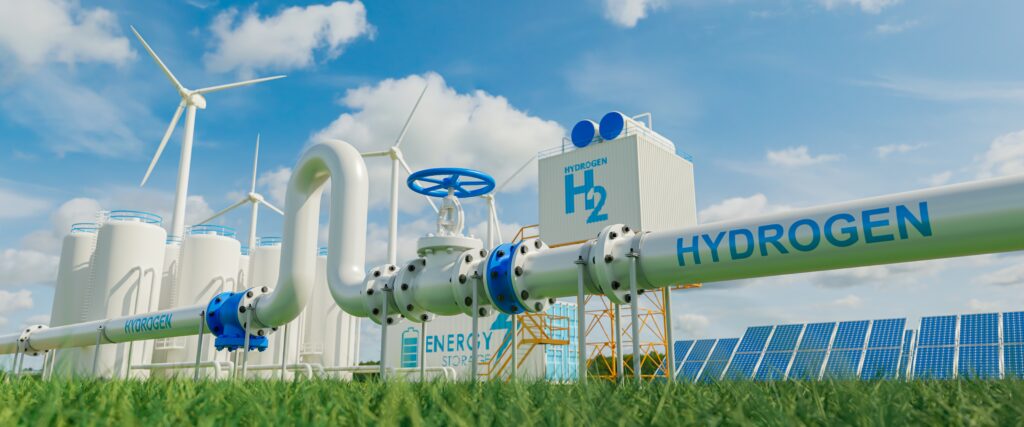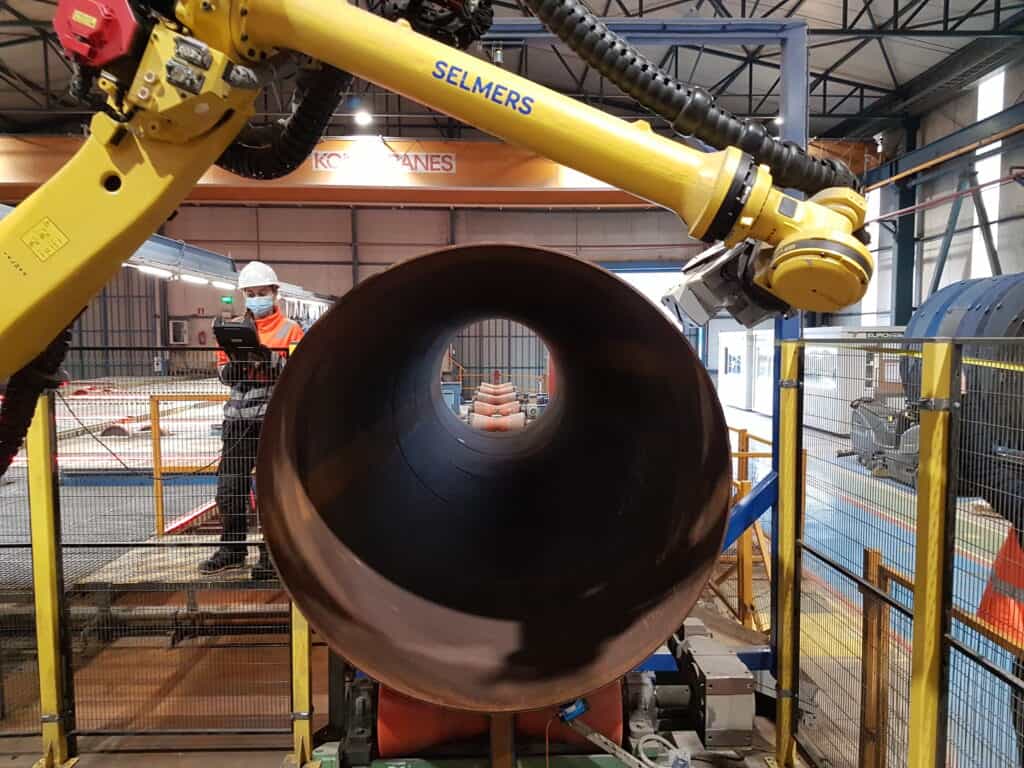Measuring instruments come in all shapes and sizes in manufacturing companies. In the pipe coating industry for example, this ranges from peeling testers and cathodic disbonding testers to robotics with vision technologies for surface inspection. Selling these devices ourselves allows us to take control of the pace of innovation. In other words, a butcher who inspects his own meat does have its advantages.
Quality control
Making measuring instruments is a unique craft. Just ask our expert, who was trained in manufacturing measuring instruments and relies on many years of R&D as well as site experience with regard to problem solving and settings optimization. It is also a crucial skill, because even the smallest deviation can have major consequences, both during production and post-production quality checks. Driving on measurable results in terms of one-time-right manufacturing, which saves time and raw material costs, is equally important.
Built-in torque meter
In many cases, these checks are carried out by our customers themselves using our measuring equipment. However, our experts also regularly come on-site. They do so not only to carry out technical assessments, but also to observe and see what could be improved. Like with the peeling tester mentioned earlier. This device checks whether the corrosion protection layer (epoxy) applied to pipelines is strong enough. It does so by pulling at a certain speed on a loosened piece of coating. Using a built-in torque meter, that pulling force can be converted to adhesive force per cm2.
Improved process control
Previously, this involved fiddling with a fairly large control box, a PLC and thick cables. We have replaced that with wireless control using a tablet. Moreover, measurement data can be used to improve process control, especially if the outcome is interpreted in the right way. Not long ago, for example, a customer reacted a little indifferent to the ‘overspray’ during the application of coatings. They treat about 20 tubes a day, each of which uses about 76 liters of coating. On average, about 30% is lost in the form of overspray. That is more than 450 liters! Compared to this, 2% throughput through the filters seemed negligible. But even that amounts to over 30 liters.
Regional differences
When determining or estimating customers’ needs for measuring equipment, we take into account differences by region and by country. After all, installing high-end equipment in a factory where people don’t know what to do with it makes no sense at all.
Would you like to know more about service validation solutions in production environments and how it can improve your organization? Just call your sales contact or send an email to sales@selmers.com
